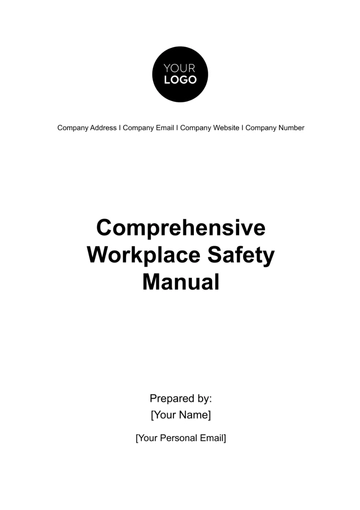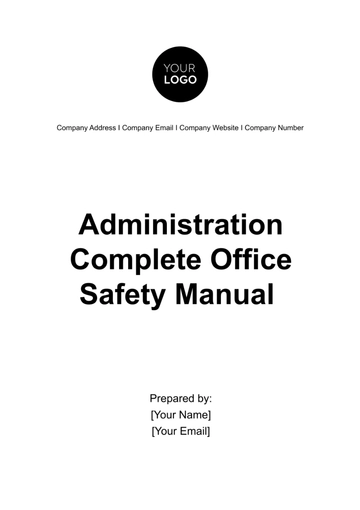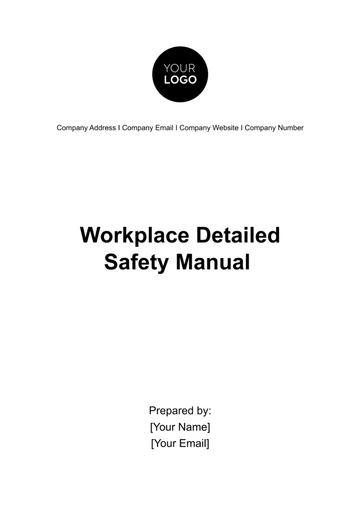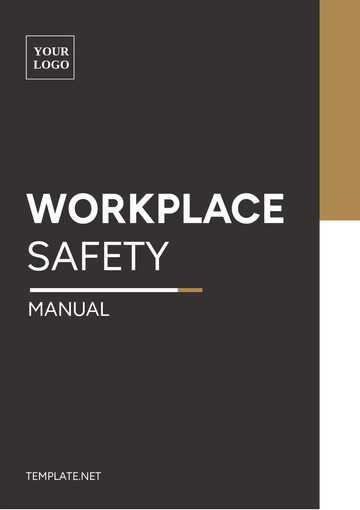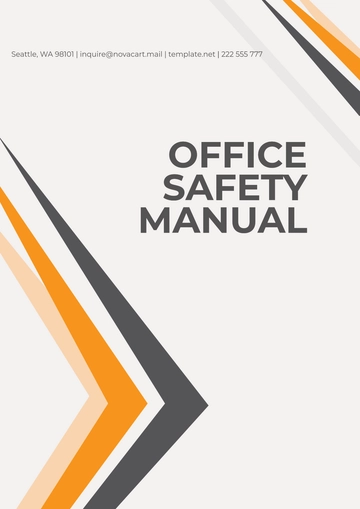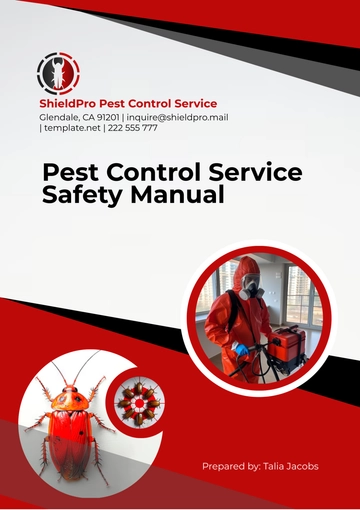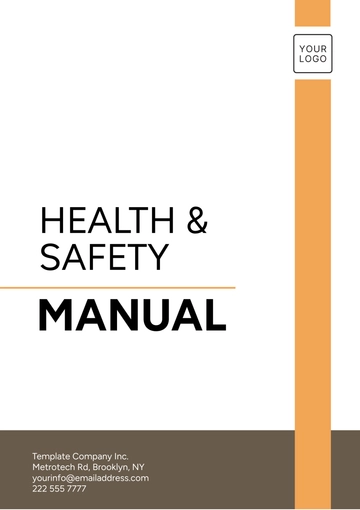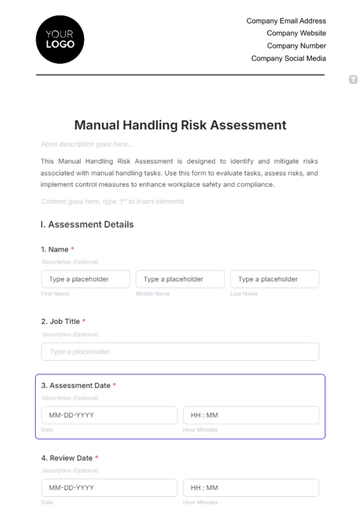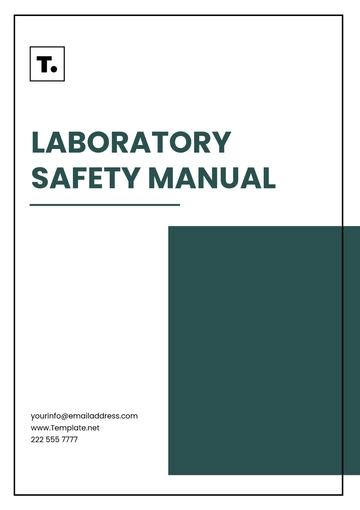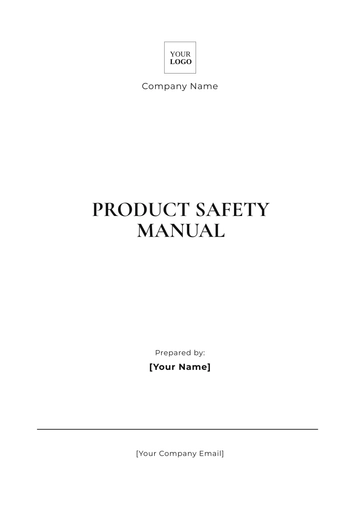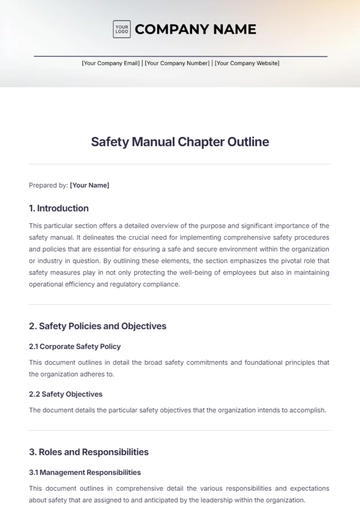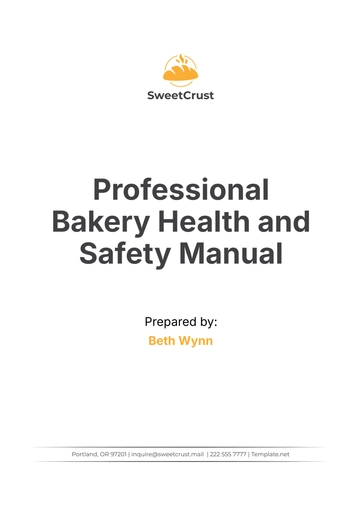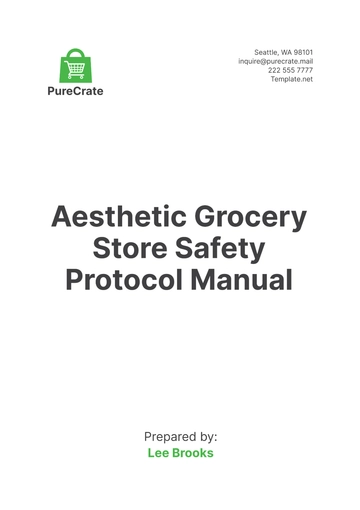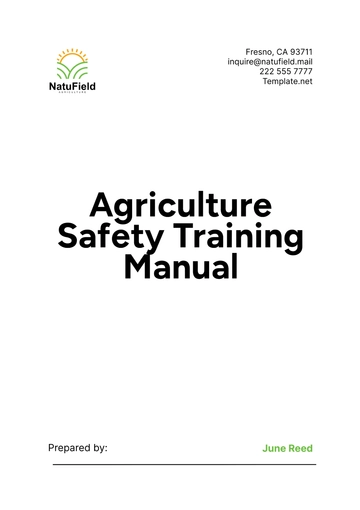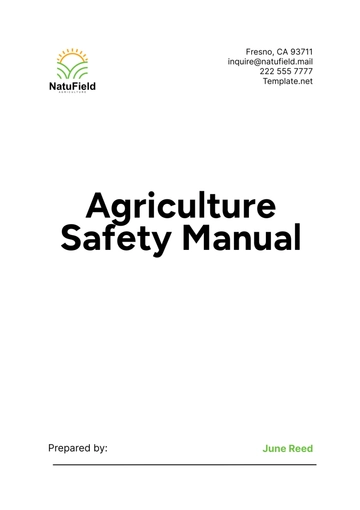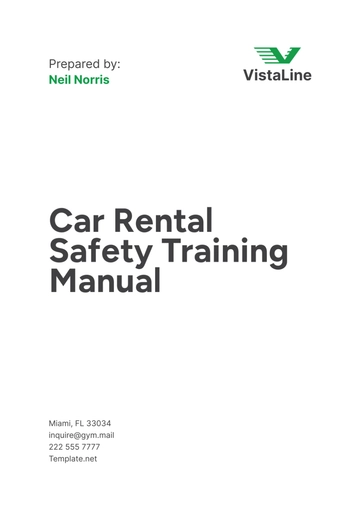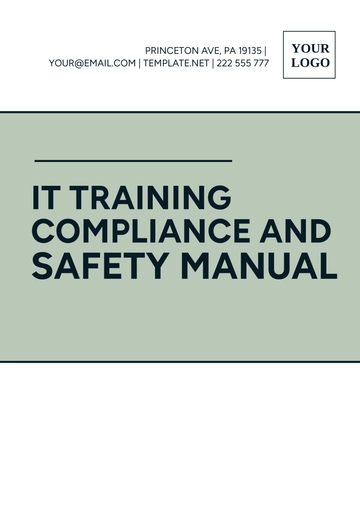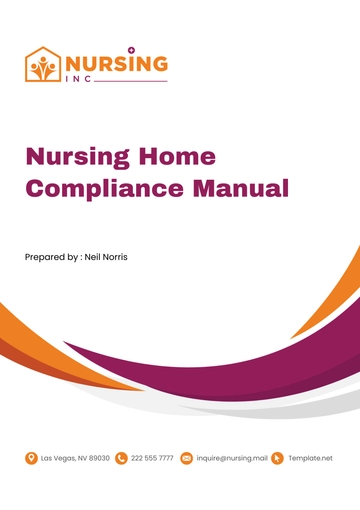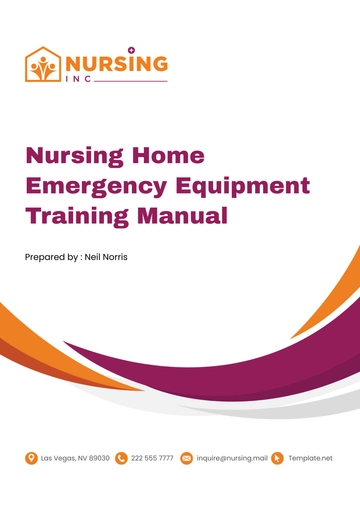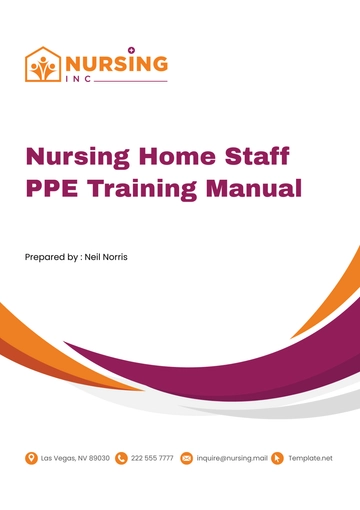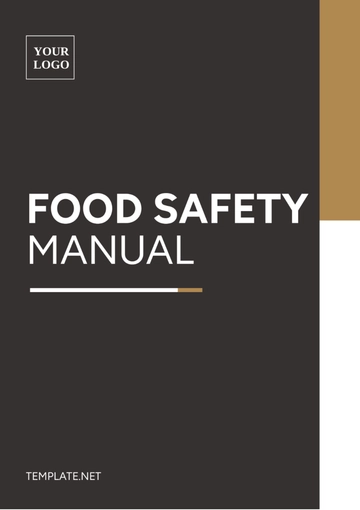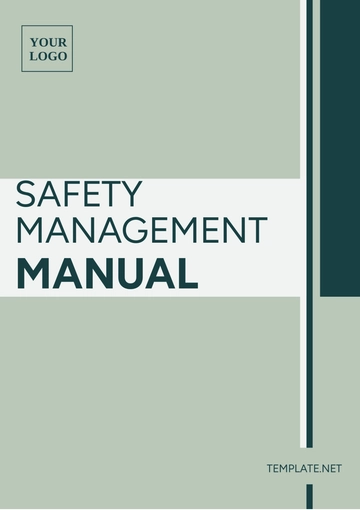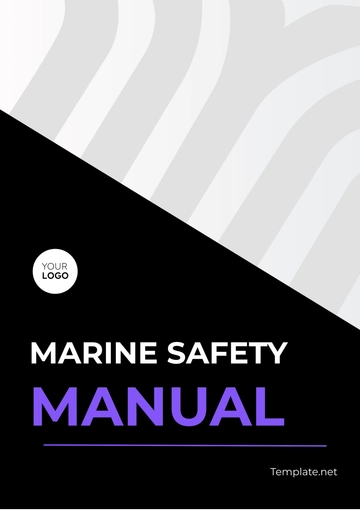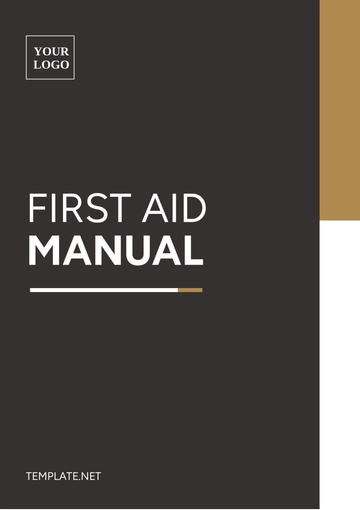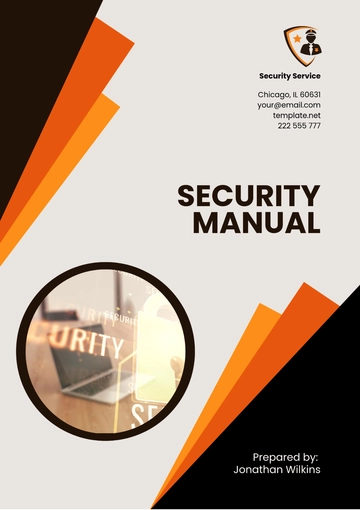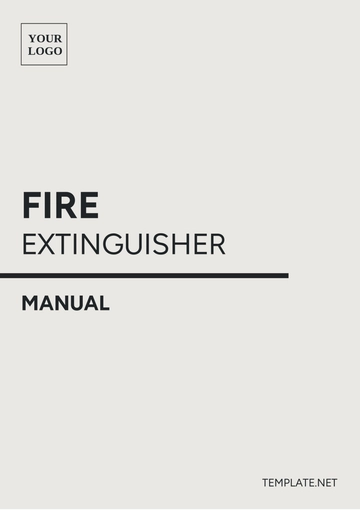Free Workplace Incident Investigation Manual
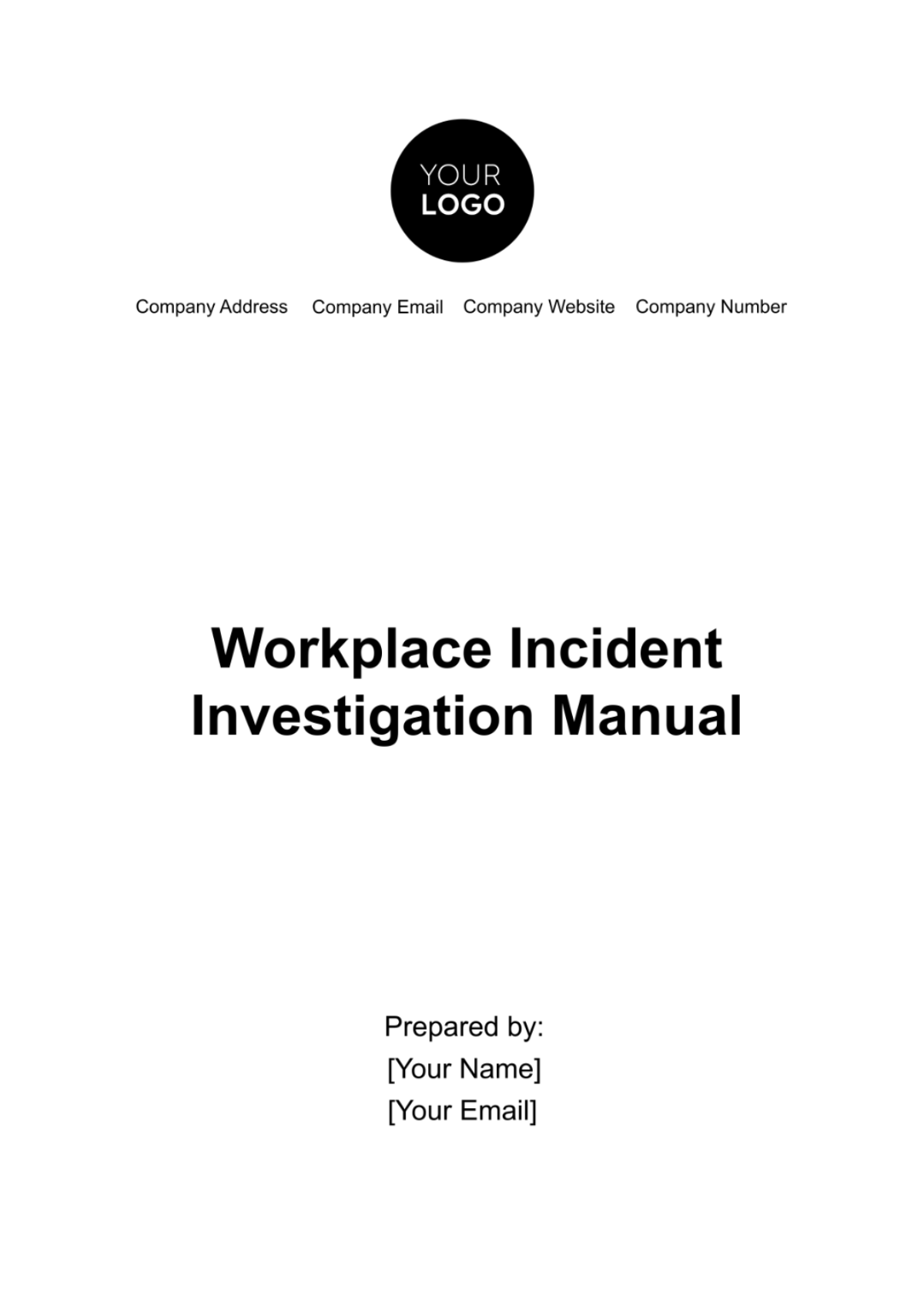
INTRODUCTION
Purpose of the Manual
This manual serves as an essential guide for the effective investigation of workplace incidents within our organization. Its primary purpose is to establish a standardized approach to identify, report, and investigate various workplace incidents, ensuring that they are handled in a timely, efficient, and thorough manner. The procedures outlined here aim to mitigate risks, prevent future occurrences, and uphold our commitment to maintaining a safe and healthy work environment for all employees.
Scope
The scope of this manual extends to all employees, contractors, and visitors within the organization. It encompasses a wide range of incidents, including but not limited to, accidents, near-misses, health and safety violations, and environmental hazards. By providing clear guidelines and protocols, this manual serves as a crucial tool in promoting a culture of safety and responsibility across all levels of the organization.
Importance of Incident Investigation
Investigating workplace incidents is not just a regulatory requirement; it is a moral obligation to our workforce and a critical component of our risk management strategy. Through systematic investigation, we can uncover the underlying causes of incidents, which in turn allows us to implement effective corrective measures. This proactive approach not only enhances workplace safety but also contributes to the overall well-being and morale of our employees.
Identification of Incidents
Recognizing Workplace Incidents
Workplace incidents encompass a range of events that may compromise the safety, health, or well-being of employees or impact the workplace environment. These include, but are not limited to, physical injuries, equipment malfunctions, fires, chemical spills, and security breaches. Recognizing these incidents promptly is crucial for effective response and investigation. For example, a physical injury might be immediately apparent, while a slow-developing hazard like a gas leak might require more vigilance to identify.
Type of Incident | Description | Examples |
Physical Injury | Harm caused to an individual due to workplace activity or environment | Slip and falls, cuts, burns |
Equipment Malfunction | Failure or breakdown of tools, machinery, or technology | Machine breakdown, computer system failure |
Environmental Hazard | Conditions harmful to health or safety | Gas leaks, poor air quality |
Security Breach | Unauthorized access or threats to workplace safety | Data theft, unauthorized entry |
Reporting Mechanisms
All incidents, no matter how minor they appear, must be reported immediately using the designated incident report forms. These forms are available both in hard copy at the Health & Safety department and digitally on the company's intranet. Employees are required to provide a detailed description of the incident, including time, location, and any witnesses. Supervisors are responsible for ensuring that all reported incidents are forwarded to the Health & Safety department within 24 hours. Additionally, a dedicated hotline is available for urgent incident reporting outside of normal working hours.
Initial Response to an Incident
Securing the Incident Area
Upon identifying an incident, the immediate priority is to secure the area to prevent further injuries or damage. This may involve cordoning off the area, shutting down equipment, or evacuating personnel. The following table outlines the initial steps to be taken in response to various types of incidents:
Type of Incident | Initial Response Action |
Physical Injury | Administer first aid, call for medical assistance if needed |
Equipment Malfunction | Shut down affected equipment, alert maintenance team |
Environmental Hazard | Evacuate the area, use appropriate safety gear |
Security Breach | Secure compromised systems, notify security personnel |
Providing First Aid and Medical Assistance
In the event of an injury, trained first aid responders should provide immediate assistance. Every department has designated first aid responders, identifiable by their green badges. A first aid kit is available in each department, and emergency contact numbers are displayed prominently near all workstations and common areas. If the injury is severe, the company’s emergency protocol dictates the immediate involvement of external medical services. The following table details the first aid resources available:
Resource | Location | Accessibility |
First Aid Kits | Each department, near the exits | Available to all employees |
Emergency Contacts | Posted in workstations, common areas | Accessible 24/7 |
First Aid Responders | Various departments | Identifiable by green badges |
Investigation Team Formation
Roles and Responsibilities
The formation of an effective investigation team is critical for a thorough examination of the incident. The team typically consists of a Team Leader, who is a senior member from the Health & Safety department, and several team members who may include department supervisors, technical experts, and a human resources representative. The team may also call upon external experts, such as equipment manufacturers or safety consultants, for specialized incidents. The responsibilities of each role are as follows:
Role | Responsibilities |
Team Leader | Coordinates the investigation, liaises with senior management, and ensures comprehensive reporting |
Department Supervisor | Provides insights on departmental operations and personnel involved |
Technical Expert | Assists in understanding technical aspects of the incident |
Human Resources Representative | Addresses personnel-related issues and supports communication within the organization |
External Expert | Offers specialized knowledge relevant to the incident |
Gathering Initial Information
The first step for the investigation team is to gather initial information, which includes details from the incident report, initial witness statements, and a preliminary assessment of the scene. This information forms the foundation for a more detailed investigation. The team should establish a timeline of events leading to the incident and immediately following it, as this can often reveal critical factors contributing to the occurrence.
The first step for the investigation team is to gather initial information, which includes details from the incident report, initial witness statements, and a preliminary assessment of the scene. This information forms the foundation for a more detailed investigation. The team should establish a timeline of events leading to the incident and immediately following it, as this can often reveal critical factors contributing to the occurrence.
Implementing Corrective Actions
Identifying Corrective Measures
Upon concluding the investigation, the team must identify corrective measures to prevent the recurrence of similar incidents. These measures should address the root causes and contributing factors identified during the investigation. They may range from immediate actions, such as repairing faulty equipment, to long-term changes like revising operational procedures or safety policies. A prioritization process should be established based on the severity and likelihood of the incident reoccurring. The table below outlines potential corrective actions:
Root Cause | Corrective Action | Expected Outcome |
Equipment Failure | Repair or replace defective equipment | Enhanced reliability and safety |
Process Deficiency | Revise and update operational procedures | Improved efficiency and compliance |
Training Gaps | Implement new training programs | Increased employee competence and awareness |
Policy Shortcomings | Update safety policies and guidelines | Stronger governance and adherence to safety standards |
Monitoring and Follow-up
Implementing corrective actions is only effective if followed by diligent monitoring and follow-up. This ensures the actions are properly executed and have the desired effect. Monitoring methods might include scheduled audits, regular safety meetings, and feedback sessions with employees. The effectiveness of the corrective actions should be evaluated against predefined criteria, and adjustments should be made as necessary. Periodic reviews of incident trends should also be conducted to identify any emerging patterns that may require attention.
Training and Prevention
Safety Training Programs
An integral part of preventing workplace incidents is through robust safety training programs. These programs should be tailored to various roles and responsibilities within the organization and should cover a range of topics, including general safety awareness, specific operational training, emergency response, and first aid. Training should be conducted regularly and updated to reflect any changes in procedures, equipment, or regulations. The table below illustrates a sample training schedule:
Employee Group | Training Topic | Frequency |
All Employees | General Safety Awareness | Annually |
Operational Staff | Specific Operational Safety | Biannually |
First Responders | First Aid and Emergency Response | Quarterly |
Supervisors | Incident Reporting and Investigation | Annually |
Continuous Improvement
A culture of continuous improvement in safety practices is vital for a dynamic and evolving workplace. This involves regularly reviewing and updating safety protocols, encouraging open communication about safety concerns, and actively seeking employee feedback. Learning from past incidents and near-misses is a key element of this process. By fostering an environment where safety is a shared responsibility, the organization not only enhances its compliance with health and safety regulations but also demonstrates a commitment to the well-being of its employees.
CONCLUSION
The Importance of Incident Investigation
The investigation of workplace incidents is a fundamental aspect of our commitment to safety. It allows us to understand not just the 'what' and 'how' of an incident, but also the 'why.' By uncovering these details, we can prevent the recurrence of similar events and foster a safer work environment. This manual has been crafted to guide you through each step of the incident investigation process, ensuring thoroughness and compliance with both organizational policies and legal requirements.
Commitment to Safety
Our organization's dedication to safety goes beyond mere compliance with health and safety laws. It reflects our commitment to the well-being of every individual who steps into our workplace. By continuously improving our safety practices and encouraging a culture of open communication and learning, we not only protect our employees but also enhance our operational efficiency and organizational reputation.
Moving Forward
As we move forward, it is imperative that all employees actively engage in and support our safety initiatives. Remember, safety is a shared responsibility. Your participation and vigilance are crucial in making our workplace safer for everyone.
- 100% Customizable, free editor
- Access 1 Million+ Templates, photo’s & graphics
- Download or share as a template
- Click and replace photos, graphics, text, backgrounds
- Resize, crop, AI write & more
- Access advanced editor
Streamline workplace incident investigations with Template.net's Workplace Incident Investigation Manual Template. This editable and customizable tool provides a comprehensive guide for conducting thorough investigations. Utilize our intuitive Ai Editor Tool to tailor the manual to your organization's specific needs effortlessly, ensuring compliance and effective resolution of workplace incidents.
